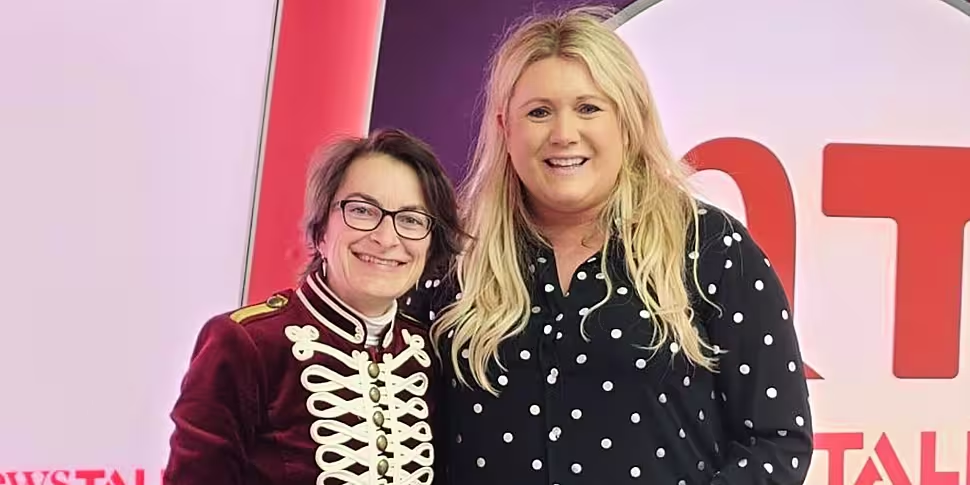What's it like to be a palaeontologist?
On this week’s Ask Me Anything on Lunchtime Live, University of Cork professor of palaeontology Maria McNamara came to explain what it is like to work with fossils.
Ireland, she explained, is an island “full of fossils” and they are particularly common along the west coast.
“We are so lucky here in Ireland – we have loads of sedimentary rocks,” she said.
“Most of our country is underlined by sedimentary rocks, and Irish limestone is full of fossils.
“So, literally you can go along most of the coast.”
Natural curiosity
Professor McNamara said the best way to encourage an interest in palaeontology in children is to talk to them about the natural world around them.
“The best piece of advice I can give you is to really encourage your child to observe the natural world, keep their eyes open, keep encouraging their questions,” she said.
“All of that is part of our natural curiosity and everything we see in the world today actually really helps you as a palaeontologist.”

When it comes to pursuing a career in the field, Professor McNamara said there are many routes of entry.
“You need to study science and you can come into palaeontology from a number of different areas,” she said.
“Most people will come in with a degree in geoscience – or some people come in with a degree in zoology or even plant science, botany and even some chemists end up coming into palaeontology.
“So, there's a number of different routes.”
Ulster Museum
When it comes to viewing Irish dinosaur fossils, Professor McNamara said that the Ulster Museum is the best place to go.
“We do have some dinosaur fossils,” she said.
“They're from County Antrim, and you can go see them if you go to the Ulster Museum, they are on display, and you can go look at the Irish dinosaurs.
“Now, they're not whole dinosaurs, they're just a few bones – but they were just found on the beach by a geography teacher walking his dog.
“So, there's probably more out there we haven't found yet.”
Listen back here:









